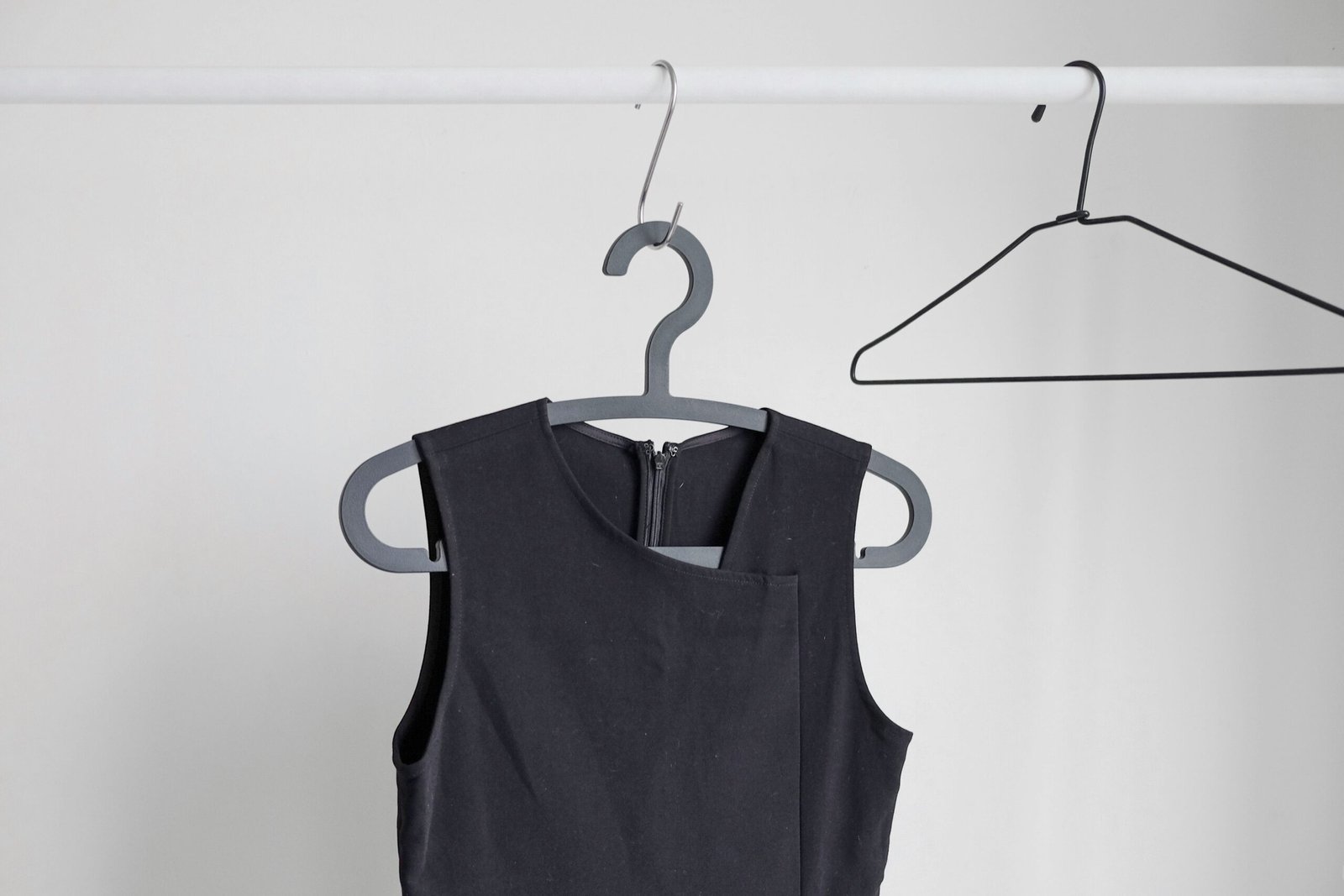Dress codes provide guidelines on what to wear, ensuring that you are appropriately dressed for the event or situation. Whether it’s a formal business meeting, a wedding, or a casual gathering, knowing the appropriate attire will help you make a good impression and feel confident. When it comes to dressing for different occasions, understanding dress codes is essential.
1. Formal Dress Code
The formal dress code is typically reserved for special events such as black-tie galas, weddings, or high-end business functions. For men, a tuxedo or a dark-colored suit with a white dress shirt and a conservative tie is appropriate. Women can opt for a long evening gown or a formal cocktail dress. It’s important to choose elegant accessories and appropriate footwear to complete the look.
2. Semi-Formal Dress Code
Semi-formal dress codes are common for events like cocktail parties, dinner parties, or evening weddings. Men can wear a suit in a dark or neutral color, paired with a dress shirt and a tie. Women can choose a knee-length dress or a dressy skirt and top combination. It’s important to keep the attire sophisticated and avoid overly casual or revealing outfits.
3. Business Professional Dress Code
Business professional dress codes are common in corporate environments and professional settings. Men should wear a tailored suit in a neutral color, paired with a dress shirt and a conservative tie. Women can wear a tailored suit, a skirt or dress pants with a blouse, or a conservative dress. It’s important to choose professional footwear and accessories that complement the outfit.
4. Business Casual Dress Code
Business casual dress codes are more relaxed than business professional, but still maintain a professional appearance. Men can wear dress pants or khakis with a collared shirt, and a blazer or a sweater. Women can wear dress pants or a skirt with a blouse or a sweater. It’s important to avoid jeans, t-shirts, and overly casual attire.
5. Casual Dress Code
Casual dress codes are appropriate for informal occasions or casual workplaces. Men can wear jeans or khakis with a t-shirt, polo shirt, or a casual button-down shirt. Women can wear jeans, skirts, dresses, or casual pants with a blouse or a t-shirt. It’s important to choose clean and well-fitted clothing, and to avoid overly revealing or sloppy outfits.
6. Cocktail Dress Code
Cocktail dress codes are common for social events such as parties or upscale bars. Men can wear dress pants or khakis with a dress shirt and a blazer. Women can wear a knee-length dress, a skirt and a blouse, or dress pants with a dressy top. It’s important to choose attire that is stylish and appropriate for the occasion.
7. Black Tie Dress Code
Black tie dress codes are typically reserved for formal events such as galas or awards ceremonies. Men should wear a black tuxedo with a white dress shirt and a black bow tie. Women can wear a floor-length evening gown or a formal cocktail dress. It’s important to choose elegant accessories and formal footwear to complete the look.
8. White Tie Dress Code
White tie dress codes are the most formal of all dress codes and are rare in modern times. Men should wear a black tailcoat, a white dress shirt with a wing collar, a white vest, and a white bow tie. Women should wear a floor-length evening gown. It’s important to choose formal accessories and footwear that match the level of formality.
Remember, when in doubt, it’s always better to be slightly overdressed than underdressed. Pay attention to the details, such as grooming and proper fit of your attire. Dressing appropriately for each occasion shows respect for the host or event and demonstrates your professionalism and good taste.
